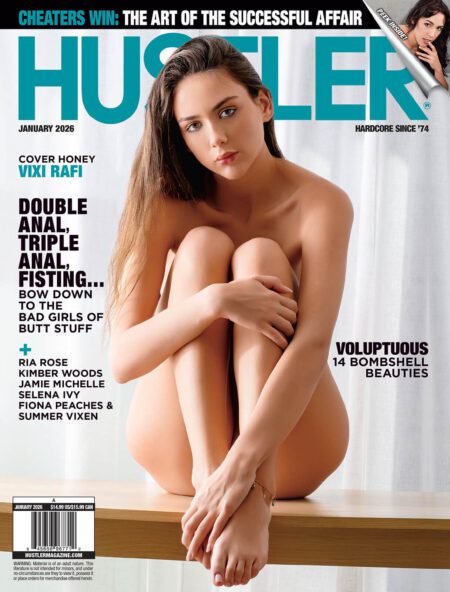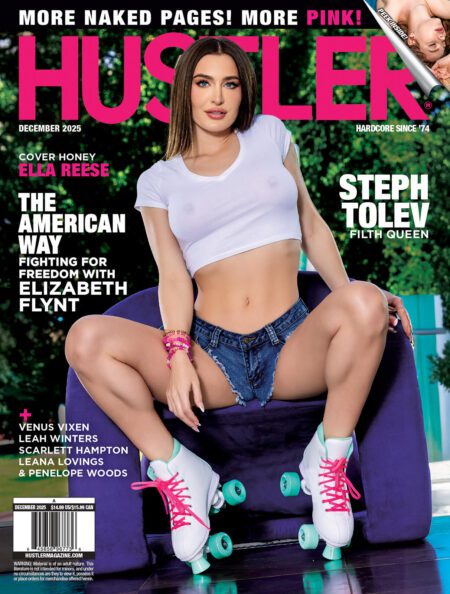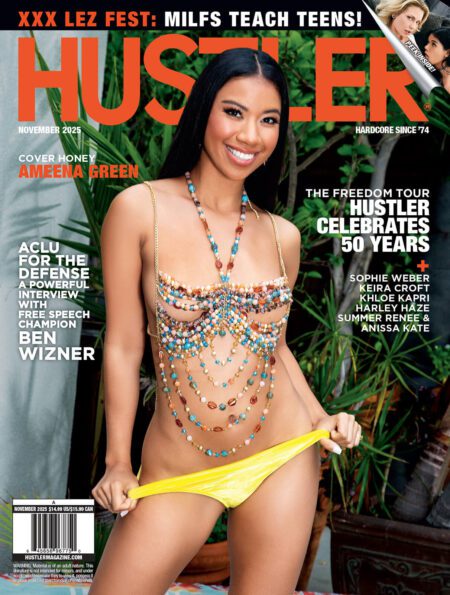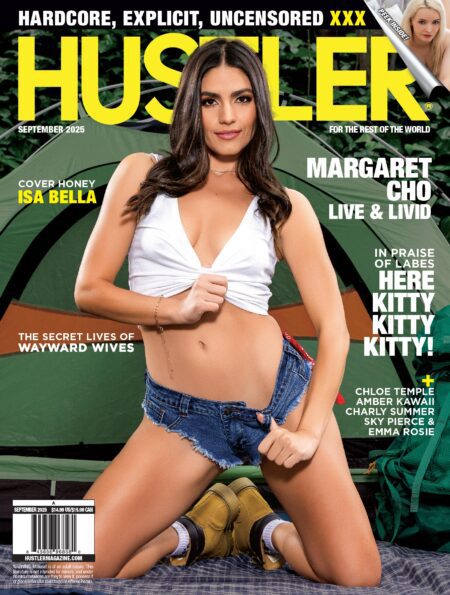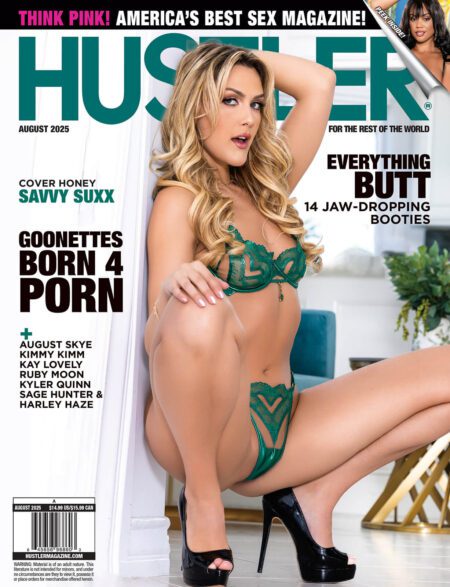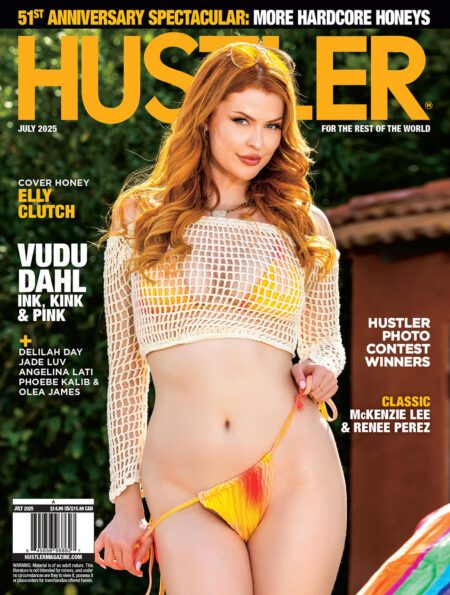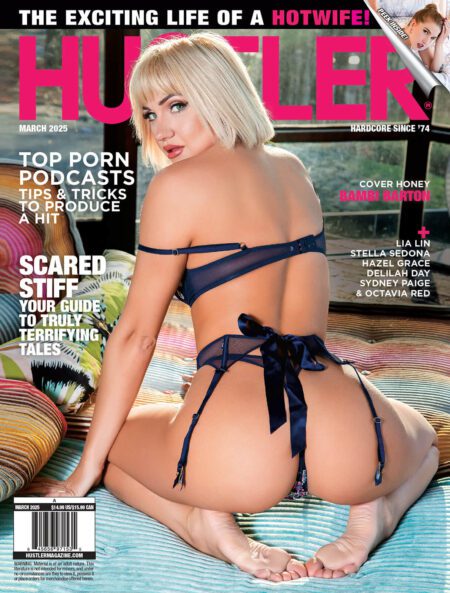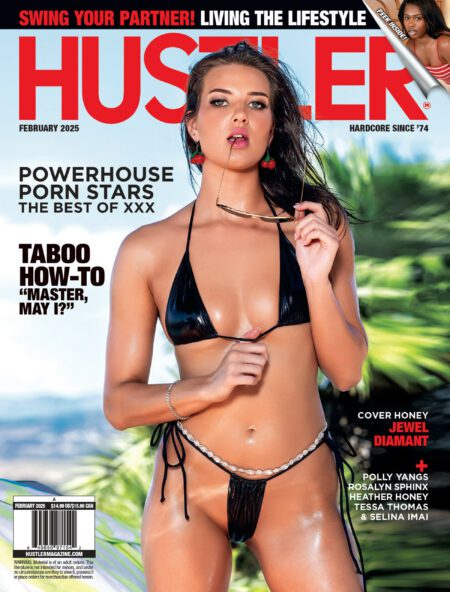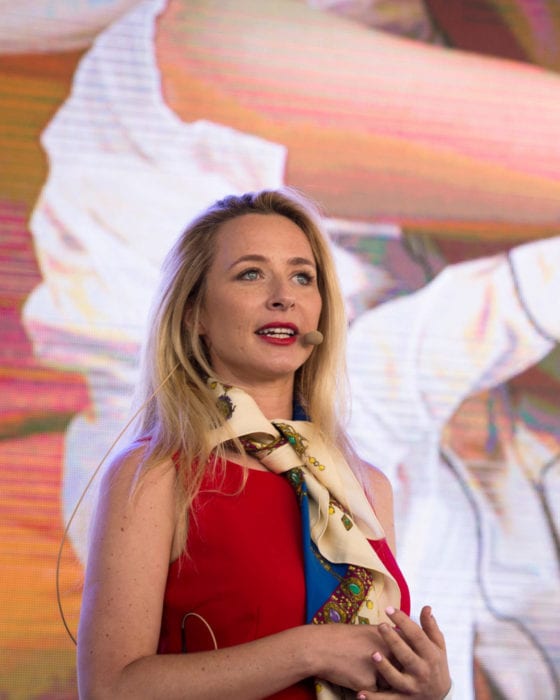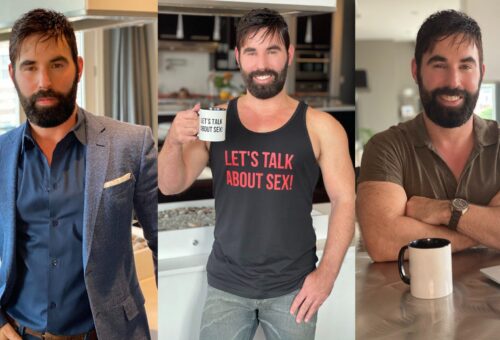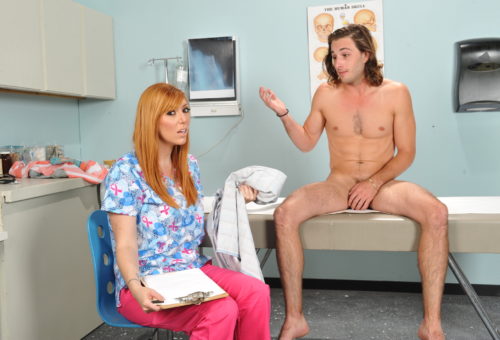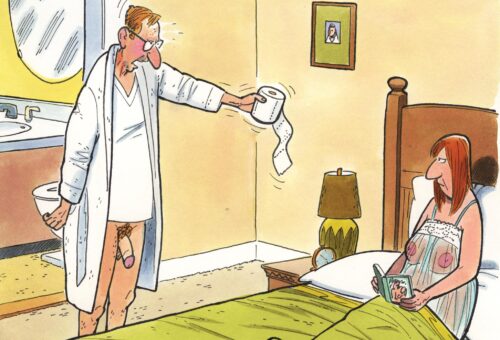Increasingly realistic sex robots. Teledildonics and virtual reality. Allow the host of the Future of Sex podcast to lead you through the brave nude world of sex tech.
As it turns out, “sex tech” is a concept that isn’t focused solely on robots that fuck (or “fucking robots,” if you will). Rather, “sex tech” is a $30 billion industry that encompasses all the different ways that “technology can enhance sexuality”—or so I’m told by Bryony Cole, host of Future of Sex podcast.
“Everyone’s obsessed with sex with robots or having virtual girlfriends, but if we just look back at the last five or ten years, technology has already dramatically changed the way we date and have sex,” Cole says. “Online dating apps could be considered sex tech, as can things like webcams or WiFi and Bluetooth-enabled sex toys that are allowing people to have fun at a distance.”
Cole is a 37-year-old Australian who moved from Melbourne to New York City about eight years ago, but after working for traditional technology companies such as Microsoft, she couldn’t help but see that some areas of the industry were being under-served.

“I was talking to some guys about virtual reality porn and I thought, How is no one covering this?” Bryony recalls. “So I decided to pick up a recorder and start the Future of Sex podcast to really look at these two things that shape every single day of our lives in the modern world: sex and technology.”
Cole calls Cindy Gallop (of “Make Love Not Porn” fame) the “matriarch” of sex tech, but since Bryony launched her podcast four years ago, she has become something of the face of the industry. To date, there have been more than 1 million downloads of Future of Sex, and Ms. Cole has ended up with a full-time career doing speaking gigs around the globe, addressing tech conferences and arts festivals on the many ways technology could affect and enhance our erotic lives. While Bryony is obviously delighted to have achieved the successes she has, she also recognizes that her successes are due in part because she is able to present information in a particularly “accessible” way.


